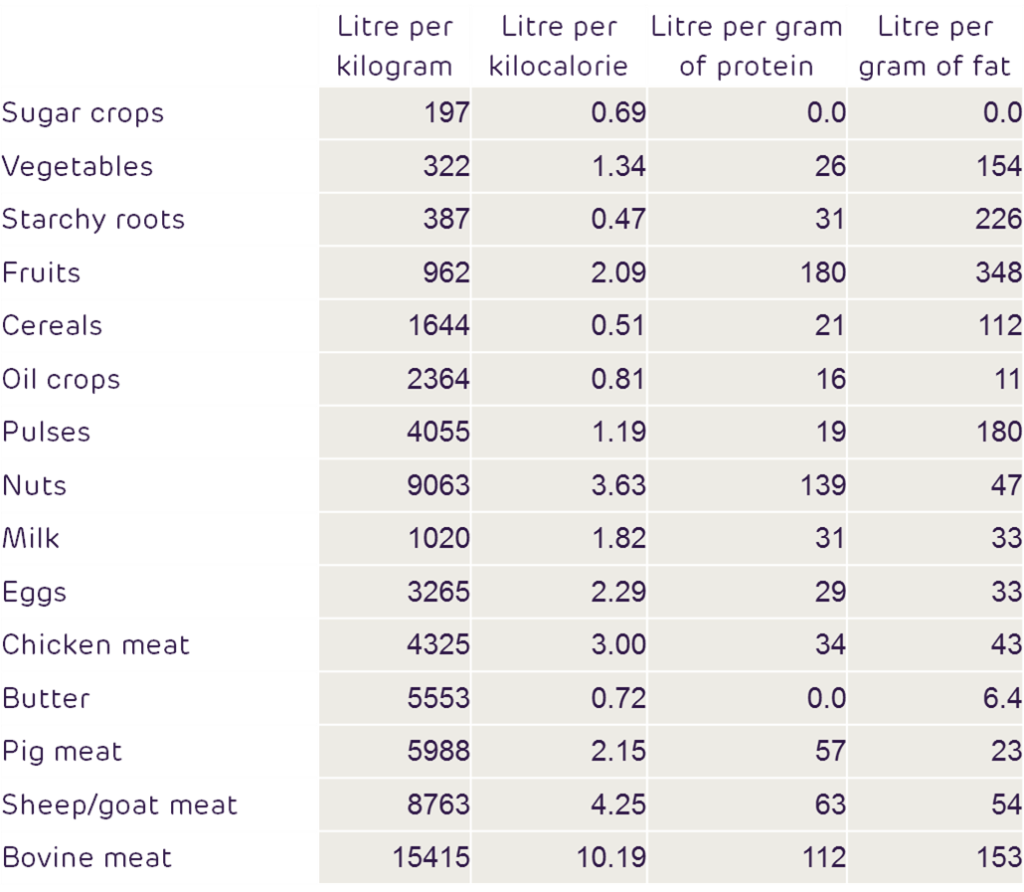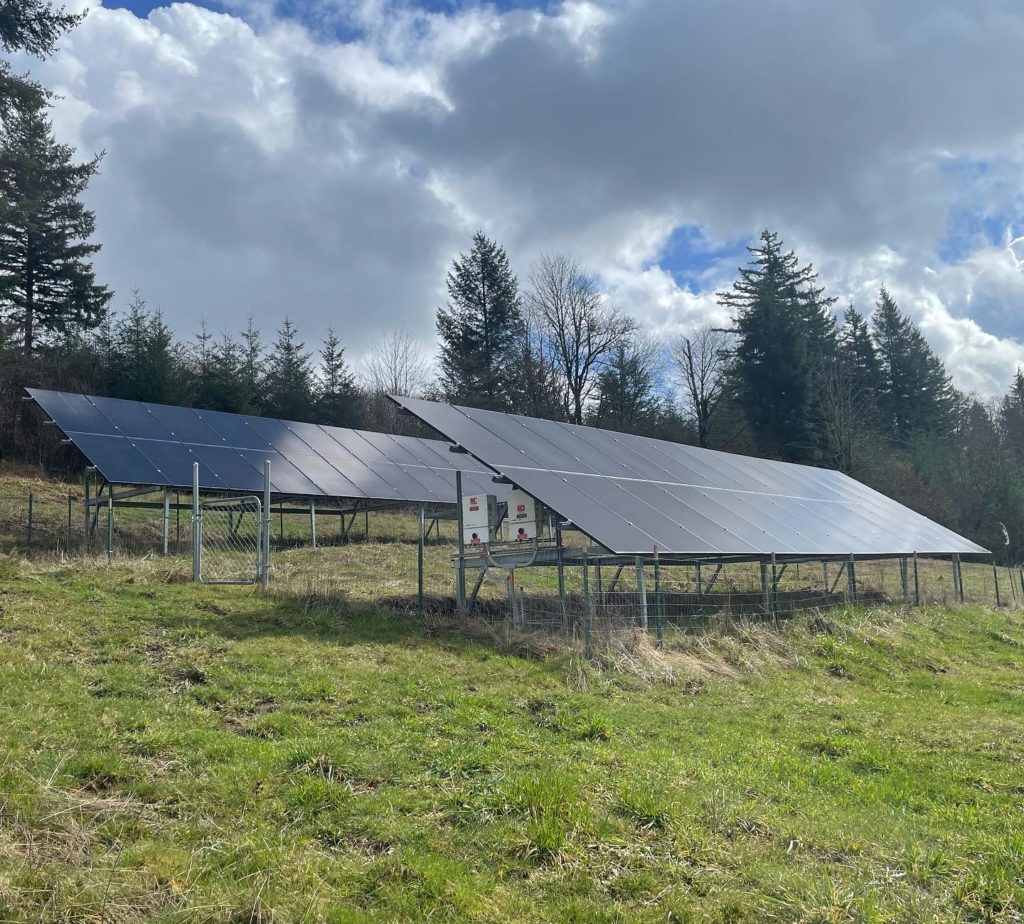What is the best change in your life you can do to make the biggest impact for the environment? One that requires the least amount of effort and change. There are reasons why it’s not easy to be as environmentally friendly as you’d like. This article explains some of the simpler changes to make and the best change that makes the most difference for the least amount of effort.
Being environmentally friendly takes some work and many people are out of practice. Many people still need to develop some skills or habits so they can make a difference. To be environmentally friendly can be a whole lifestyle, so what are the best changes to start with?
Why Make Changes?
We all know, or at least kind of know the extent of the problems our planet faces. Instead of getting into the doom and gloom, lets explore some alternative actions we can take to benefit the planet. We all know we have to do better. Figuring out why some changes are easier requires looking into the psychology of sustainable behavior. There are many great insights as to why people have trouble adopting sustainable behaviors.
Community Based Social Marketing
CBSM is a practice in the world of eco-psychology that looks at sustainable behavior change. Doug McKenzie Mohr in his book Fostering Sustainable Behavior, includes studies that highlight the fact that enhancing knowledge and altering attitudes about sustainability does little to effect behavior. There was a study in the Netherlands that found out providing households with information about energy conservation did not reduce energy use.
Many studies find that the least amount of steps or changes one will have to make to adopt a more sustainable behavior, the more likely they are to do it. The CBSM website is a useful guide for exploring this topic in more detail. It contains some of the best data for making sustainable changes in communities and explains how to more likely commit to change. The best changes are the ones that are most likely to happen.
The Simplest Changes
There are some more obvious and easy things to consider for a more carbon-friendly lifestyle. Buying second-hand clothes and other common items can help reduce waste. There is a term called “embodied energy” and it refers to the work it takes to create an item. All the work to create a piece of clothing takes a lot of time and energy. The more work done equals more embodied energy you do not want to waste. So it makes more sense to utilize what is made instead of buying things used with new materials. Consider this for clothing, furniture, even certain vehicles and machines.

Energy
Heating and cooling use a lot of energy in the standard residential household. Making a home more efficient can have a ripple effect that isn’t as obvious at first glance. If you weather strip and caulk all necessary places in your home, you will heat less in the winter and cool less in the summer. This means you’ll use less resources to be comfortable in your home. Those resources can sometimes be things like natural gas. If everyone’s home were more efficient, the effects of everyone using less resources means less pollution in the environment. This leads to fewer air quality related deaths and the ability to extend resources in the world. Weather stripping and caulking can save lives.

Compost
Food that is trapped in plastic bags in the landfill can create more methane gases than is necessary. Having a compost system can reduce the amount of methane building up in these bags. There are ways to make composting clean and easy and it’s even doable indoors. The easier the system is to adopt, the more likely you will use it. So don’t make your compost pile too far away from your garbage or kitchen possibly.
Products
Many people turn to eco products or want to find an item or gadget that will help make them more sustainable. However, the most sustainable product is the one you don’t buy. Using less resources is more sustainable than using any. Try to find more than one purpose or reason you are buying something and consider if it truly helps your life or others to buy said product, and if it has any negative or positive impacts.
Plastics
In any way you can try to switch from using or buying plastic items to reusable items. Single use plastics are one of the most problematic inventions we have created. And anything plastic really has negative impacts on the environment because of the chemicals in plastics and its production process.
Plant Planet
Eating a more plant based diet is one of the most impactful things an individual can do for the environment. Animal agriculture is a very resource inefficient process. All animal products use more resources to raise and process it than food and nutrients it produces. So it is a resource and nutrient drain and a poor choice because it requires more energy than what it provides. It takes more than double the amount of grain to produce one pound of beef, and thousands of gallons of water to produce that one pound. The resources needed to produce fruit and veggies is considerably lower and provides more nutrients and has less environmental impact.

Idling
Idling can cause additional unnecessary pollution. Many idling studies have been done around schools. When kids are leaving school, they can step outside to hundreds of cars are filling the area with exhaust. Not idling when picking up children from school, or limiting idling in general, would improve the air quality and reduce air pollution. The transition to electric vehicles will help reduce this as well. Idling in an EV is less harmful, because there is no exhaust!
The Best Change You Can Make
Science.org has information on some of the largest impacts to the environment. Some of these impacts require major life or behavioral changes. Studies have shown that people are
The best change that a homeowner could make is one that requires the least amount of behavior change for the most amount of impact. Living in your home draws a lot of energy from the grid which needs updating. Unfortunately, that means the everyday passive actions of living at home are powered by dirty energy. Turning on lights, heating and cooling the home, charging devices all use outdated energy generation and have a negative impact on the environment.
Instead of not doing all those things, continue living life the same in your home but be powered by green energy. If your home was solar powered, you could still watch tv, turn on lights, and run the fridge but the benefit is you are having a better impact on the environment without making many changes to your daily habits. This means its the most likely solution to be continuously executed and doesn’t take continuous commitment. Other habits are good to try, but the ones that require the least amount of change for the most impact are the best. As you can see from the list of changes, they are all doable but require habit changes.

How To Get Started With Going Solar
Just like you do not have to be a mechanic to drive a car, you do not have to be a solar expert to own it and use it for your home. You will want to speak to an expert with your best interests in mind. Sustainable Solutions Advisors has found the best products and teams to help people get the full benefits from switching to solar. We do free consultations so you can get the information you need for your home. Book here for an appointment and one of our experts will answer your questions. We pride ourselves in educating homeowners and being there for people trying to find better alternatives in their lives.
